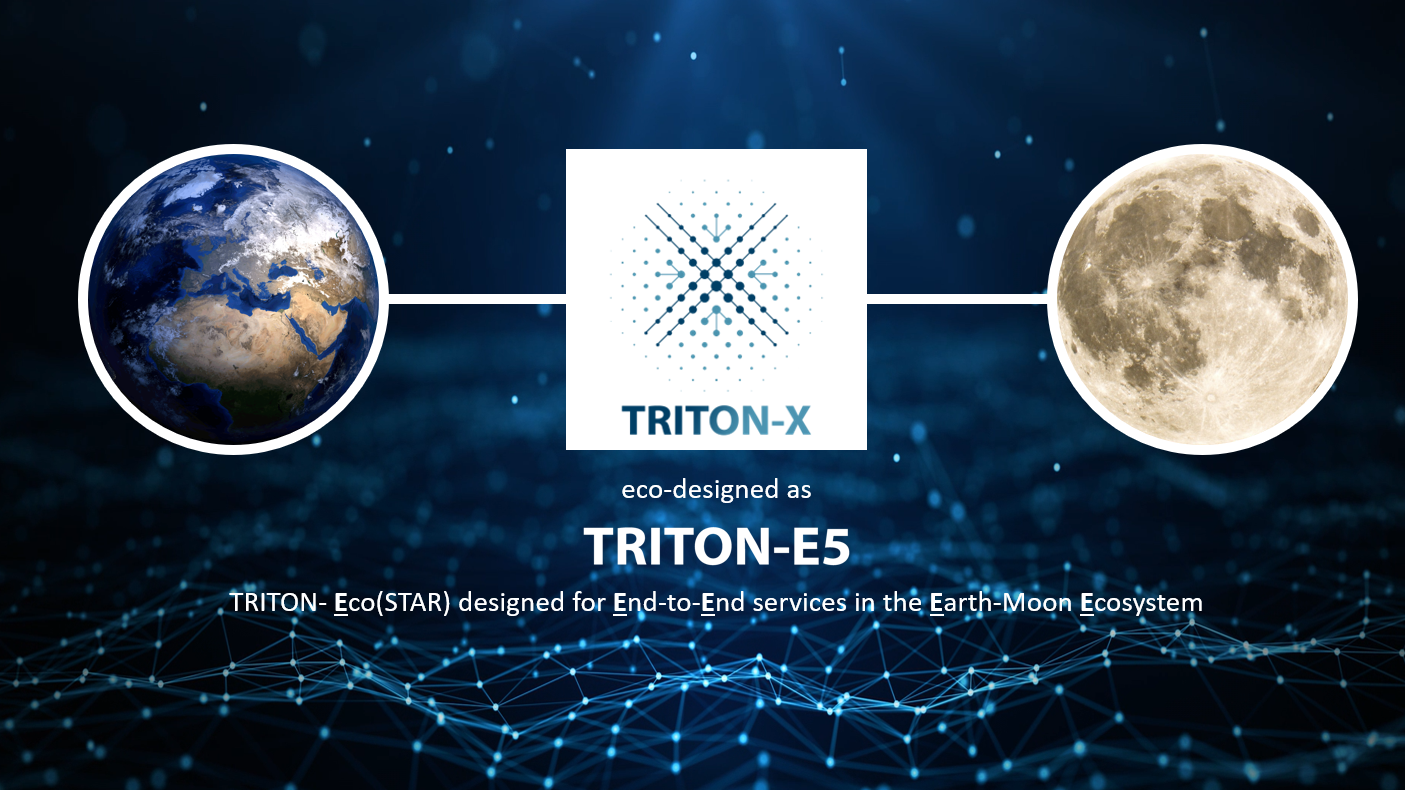Duration: 6 months
The Space sector is now also asked to actively contribute to the global efforts to protect the Earth and its climate by reducing the environmental footprints of its products and activities. If at Nations levels, a large part of the solutions are expected to come from reaching the UN SDGs (largely supportable by Space Assets like e.g. those dedicated to Earth Observation), Space Actors can bring their contributions by e.g. starting implementing the "R3" moto: "Reduce/Reuse/Recycle". The proposed "Triton-E5" project will support the EcoSTAR/Sysnova Campaign objectives offering the qualified (OHB) LuxSpace Triton-X smallsat platform as a candidate for R3-based eco-(re)design, starting from existing Key "Space LCAs" (i.e. by now, the Sentinel Mission and the CO2M Space Segment Development LCAs). The Triton-E5 project also plans to extend its investigations to the Earth-Moon Ecosystem, identified as the first step for Human exploration and settlement in Space, to avoid replicating there (some of) the past mistakes that have been made on Earth (environment) and also, to responsibly consider the future opportunities offered by In-Space Resource Utilisation (ISRU) and Recycling in Space (LCAs). Starting from the existing Triton-X (Heavy) platform product line for 250-300 kg smallsats, the proposed Triton-E5 name recalls thus its EcoSTAR/-friendly design for End-to-End services in the Earth-Moon Ecosystem. Although proposed by OHB LuxSpace, this transformation into Triton-E5 will receive the support and ideas from, and will benefit the complete OHB Group. Indeed, the complete lifecycle of (small) satellite (Triton-X) systems will be revisited to meet the EcoSTAR Campaign objectives and the results are expected to be adaptable across the Group. For the 2030 opportunity, a complete mission focusing on Sustainable Development (and Monitoring) is proposed with a small constellation of Triton-E5 based smallsats, probably with a payload including a Hyperspectral Imager.

